Ad Astra: Eric Andrusyszyn on how it visually came together
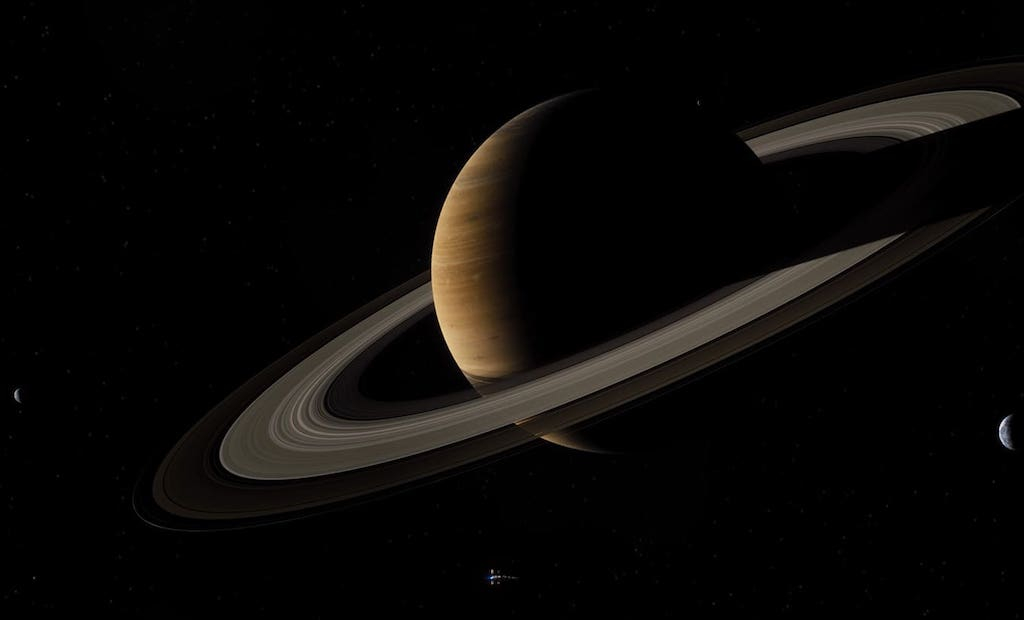
James Gray’s interplanetary sci-fi epic Ad Astra hit screens at the end of September to almost universal critical and box-office success. Set in the “near future”, Gray’s film follows Roy McBride, an astronaut and son of the famous missing astro-pioneer Clifford McBride (Tommy Lee Jones). McBride is drafted in for a search and destroy mission that will hopefully cease the electrical power surges that are risking the future of mankind across the solar system. In a mission that takes him from Earth to the Moon, to Mars and beyond, Roy discovers a hidden secret that changes the course of his operation, forcing him to venture alone to the furthest point of human existence in search of answers.
The film’s visuals, in particular, have come in for a great deal of praise for their realism and attention to detail. The gorgeous landscapes, including a lunar wasteland and the prepossessing orange hues of Mars, play host to rover chases and desolate walks, all encapsulated in a vast universe unravelling right before our eyes, as our protagonist ventures further and further into the unknown. We caught up with MPC Films’ compositing supervisor Eric Andrusyszyn over email to discuss the process of creating the visual effects for the movie.
Where did you look for inspiration when faced with the prospect of building these galactic environments?
Movies like 2001: A Space Odyssey and For All Mankind were common references that inspired the director and moved forward creative decisions. We also spent a long time looking at a variety of launch footage and looking through databases of photography. I specifically spent a good length of time studying moonwalk photography from NASA’s image database, paying special attention to specular highlights and how light reacts to a camera lens in such an environment.
Did you start from James Gray’s directions or did the process begin with you?
[Gray] had a very specific design in mind for the look and feel of the movie. This included the feeling of the real and tangible. One that would allow the audience to believe that what they were seeing on screen could exist based upon our modern world.
In terms of the overall look, did you have something specific in mind? Did you want it to be realistic or did you not mind about that side of it?
Everything was designed to be as realistic as possible. Often small details were designed assuming they would have a function. James and Allen [Maris, visual effects supervisor] would hold regular meetings with JBL to identify any mistakes in the scientific validity, so we wanted to make sure we could keep it as realistic as possible too.
The lunar landscape is quite breathtaking, how did you go about building it?
We did the launch and landing sequence, so ours was largely built to a detailed model and painted over as incredibly detailed matte paintings.
How did you even begin building the spaceship that Roy travels in? What materials were used? Was it full scale?
James and Allen had a very developed concept, it was pretty clear what their vision was, and even the final product matches pretty close to that first concept we received. It was designed at full scale to make sure there were no issues animating with our model of Roy.
How long did it take you to design and put together Neptune’s rings, and what guidance did you have when it came to incorporating them into scenes?
Mr X [visual effects company] spearheaded this section; they did a fantastic job, and it was very easy for us to reproduce their rig in our sequences too. The rings were developed alongside Mr X, and though I can’t speak to the exact timeline it was a development process designed to achieve the best look and to stick to client needs. The Neptune rings involved creating a vast rock field for thousands of kilometres. The scale of the rings being thousands of kilometres wide by somewhere around 100 metres tall, consisted of thousands of particles made up of four various particle sizes with the largest being the size of a golf ball.
Lastly, it must still be difficult to envisage the final result. Did the final product look as perfect as you wished?
It looked wonderful on the big screen, and we are all very proud of what we produced.
Guy Lambert
Ad Astra was released nationwide on 20th September 2019. Read our review of the movie here.
Watch the trailer for Ad Astra here:

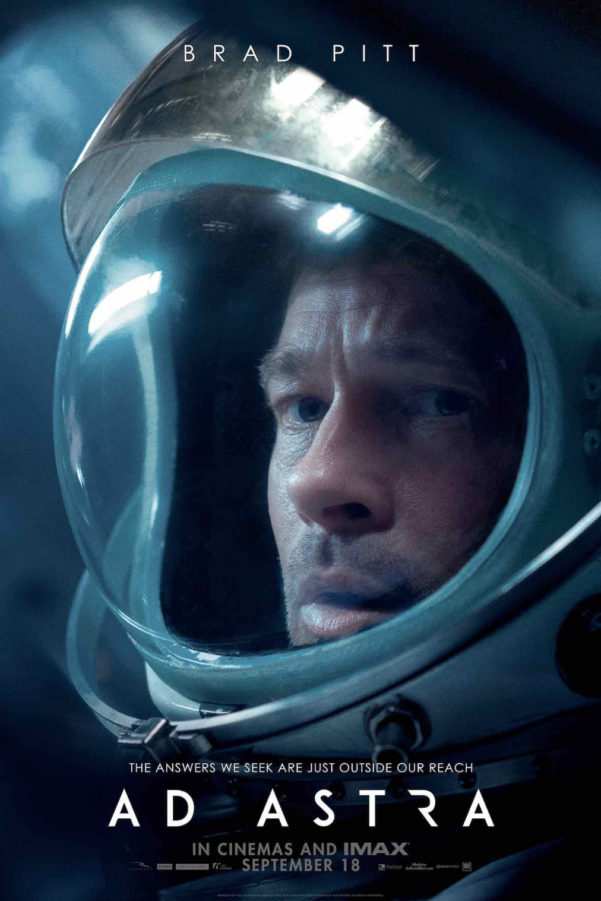
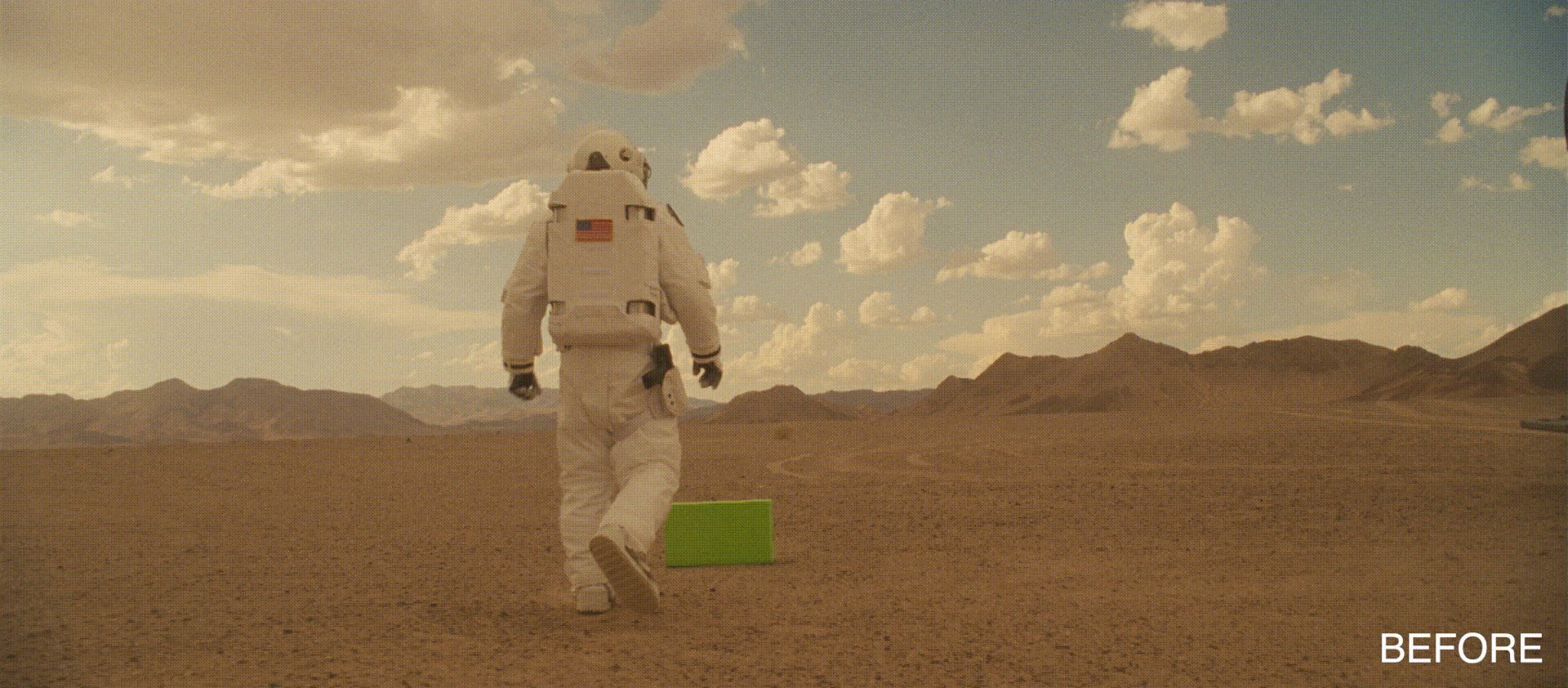
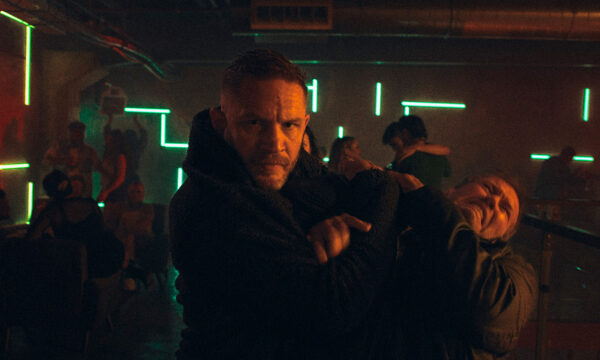
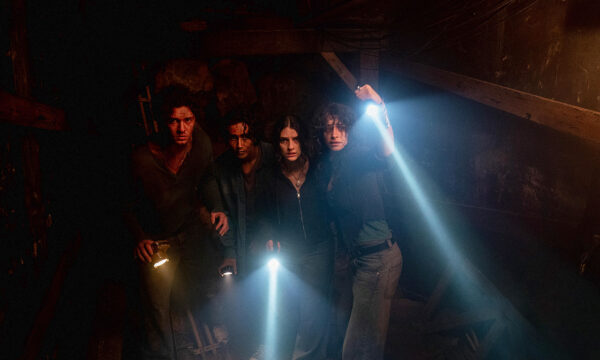
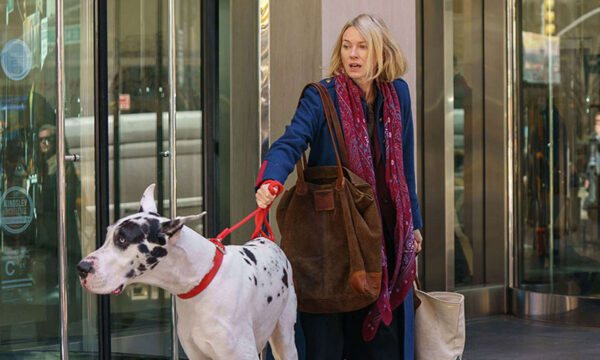
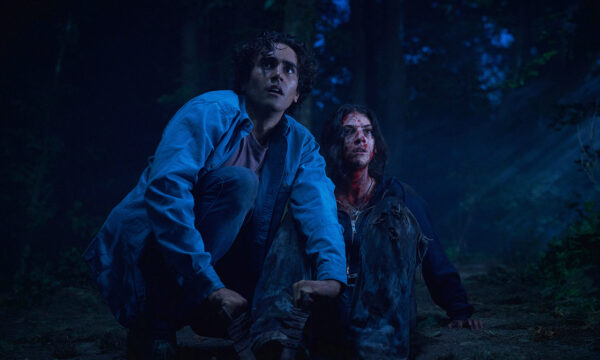
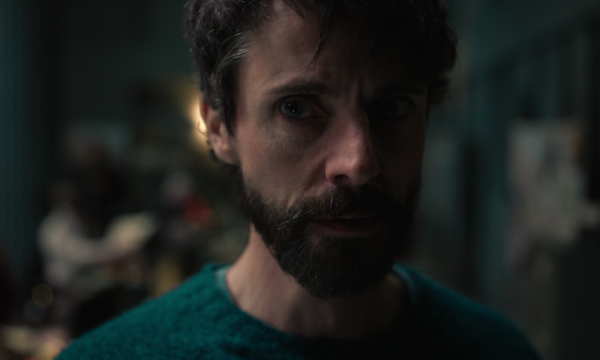
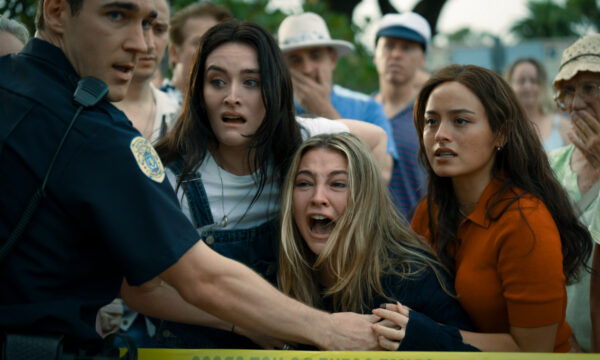


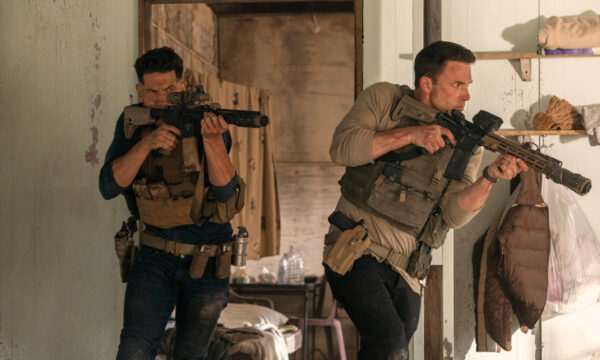













Facebook
Twitter
Instagram
YouTube
RSS